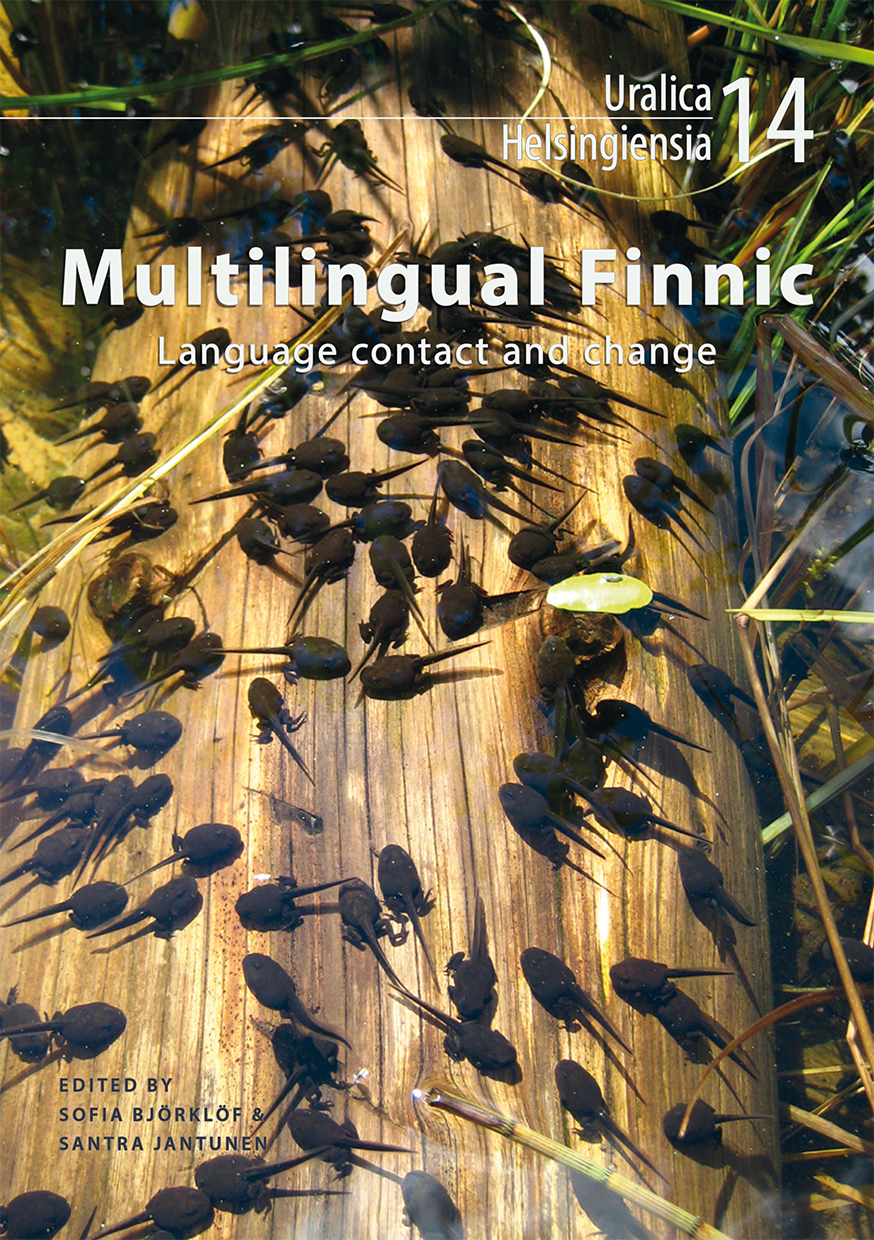Mutual contacts and lexical relations among the Finnic varieties of western Ingria and northeastern Estonia
DOI:
https://doi.org/10.33341/uh.85034Avainsanat:
language contact, loanwords, etymology, dialectology, family-internal borrowing, receptive multilingualism, Vote, Ingrian, Estonian, Ingrian FinnishAbstrakti
The aim of this article is 1) to describe the historical language contact situation between the genetically closely related Finnic varieties of western Ingria, 2) to give examples of the numerous loanwords originating from mutual contacts among local Finnic varieties as well as areal diffusion, and 3) to discuss the method of investigating contacts and borrowing among closely related varieties. The data are taken from old dialectal materials published in vocabularies and dictionaries as well as preserved in archives. The words that are analysed and discussed etymologically in more detail are drawn from Vote, Ingrian, and Estonian. Although it is often difficult to confirm the direction of borrowing among closely related varieties, I seek to determine the direction of diffusion in the varieties whose development cannot be described merely in terms of a traditional binary family tree model. Examples of mutual borrowing between Vote, Ingrian, Estonian, and Finnish are presented. Estonian loanwords in Vote and Ingrian can usually be recognised by their distribution. Most vocabulary originating as loans (in Vote, Ingrian, and Estonian) has been borrowed from Finnish. Loans in both Vote and Estonian often have a distribution not only in Ingrian but also in Finnish. Because of the phonetic similarity of these varieties, the donor variety usually cannot be defined. Vote loanwords occur only sporadically in Ingrian and Estonian: they may also form a substratum.
The speakers of Finnic varieties in western Ingria used to live in old rural communities with long-term multilingualism, villages with a mixed population, and vague language boundaries. The arrival of new inhabitants from the countries, which ruled this area and the foundation of St. Petersburg in 1703 changed the ethnographic balance between different peoples in Ingria. This increased linguistic diversity and altered the hierarchy of the languages leading gradually to accelerating language and identity shift of the local peoples of Ingria.




